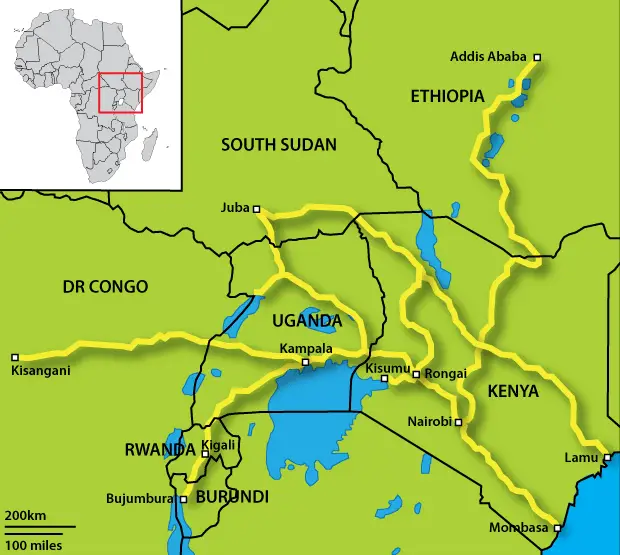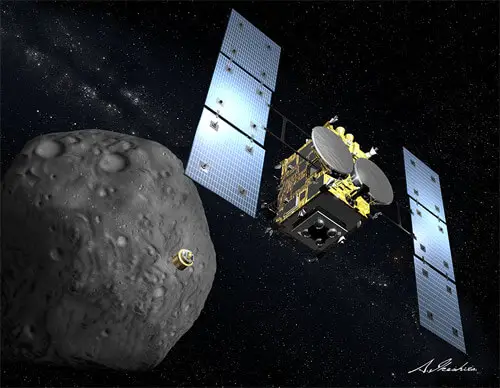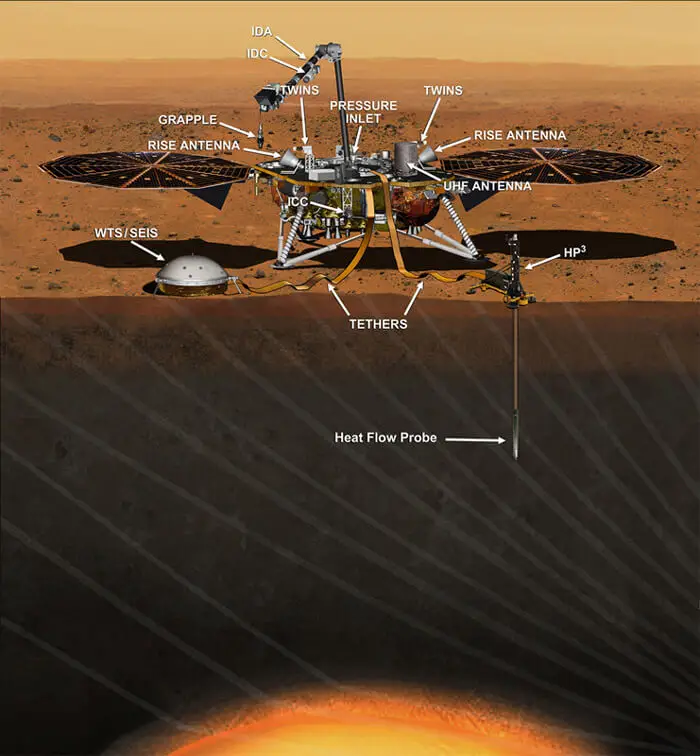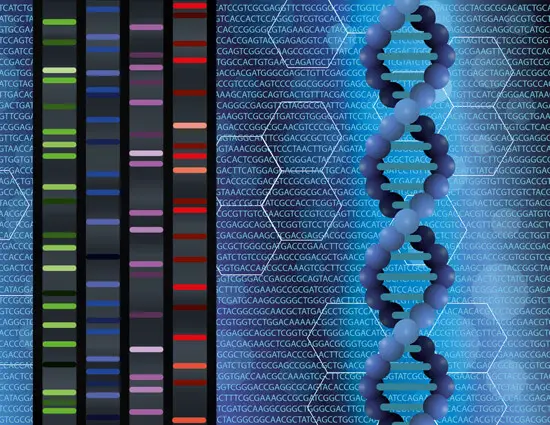
|
|
|
|
|
|
2018
South Korean city Pyeongchang hosts the Winter Olympics
The 2018 Winter Olympics take place from 9th February to 25th February 2018, in Pyeongchang, South Korea. The elected host city was announced by the International Olympic Committee (IOC) in July 2011. Pyeongchang won on its third consecutive bid, having lost previously to Vancouver in Canada and Sochi in Russia. It is the first Winter Olympic Games and second Olympic Games in South Korea; the 1988 Summer Olympics were held in Seoul. Pyeongchang is also the third Asian city to host the Winter Games after Sapporo, Japan (1972) and Nagano, Japan (1998). It is the first Winter Olympic Games since 1992 to be held in a ski resort town. In June 2015, four new disciplines were approved for inclusion in the games: snowboarding big air; curling mixed doubles; speed skating mass start and Alpine skiing team.

Launch of the Transiting Exoplanet Survey Satellite (TESS)
The Transiting Exoplanet Survey Satellite (TESS) is a space telescope intended to search for extrasolar planets using the transit method. It is part of NASA's long-running "Explorer" program which has been going since 1958 and involves working with a variety of other institutions and businesses. In this case, the $200m project is led by the Massachusetts Institute of Technology (MIT), with seed funding from Google.
Equipped with four wide-angle telescopes and charge-coupled device (CCD) detectors totalling 192 megapixels, TESS conducts a two-year all-sky survey focussed on nearby G, K and M-type stars with apparent magnitudes brighter than 12. Around 500,000 are studied – more than triple the 156,000 that Kepler was designed to observe – including the 1,000 closest red dwarfs. The region of sky covered is also 400 times bigger.
Several thousand Earth-sized and larger exoplanets are identified, adding to the already huge tally from Kepler. Many of these candidate worlds are later investigated by the James Webb and other telescopes to enable more detailed analysis of their masses, sizes, orbits and atmospheres.
In order to obtain unobstructed imagery of both the northern and southern hemispheres of the sky, TESS utilises a 2:1 lunar resonant orbit that has never been used before. The spacecraft's 373,000 km (232,000 mi) apogee is timed to keep the craft away from the Moon, which acts as a destabilising agent. This highly elliptical orbit remains stable for decades, and keeps the TESS's cameras in a suitable temperature range. The majority of the orbit is spent outside the Van Allen belts to avoid radiation damage. Every 13.7 days at its perigee of 108,000 km (67,000 mi), TESS downlinks the data it has collected over a period of approximately three hours.
Originally planned for 2017, the TESS mission is delayed until 17th April 2018,* when it is placed into orbit by a SpaceX Falcon 9 Full Thrust rocket from the Cape Canaveral Air Force Station.

Credit: NASA
Russia hosts the FIFA World Cup
The 2018 FIFA World Cup is held in Russia from 14th June to 15th July 2018. This is the first time that Russia has hosted the World Cup. Some $10 billion is spent on the tournament, which is spread over 14 venues including Moscow and St. Petersburg. As of 2010, there were no stadia in the country with 80,000+ capacities, but Luzhniki Stadium in Moscow is expanded to 90,000 seats in time for the games. France beat Croatia in the final, winning 4-2.
East Africa's largest ever infrastructure project
This year sees a major rail network built in East Africa.* Built by a Chinese state-owned firm and part-funded by China's government, the $14bn Standard Gauge Railway (SGR) is the largest infrastructure project in the region's history. The SGR connects a number of major cities – greatly boosting trade and investment while reducing the times needed to move people and goods across borders. The cost of sending a tonne of freight one kilometre is slashed from $0.20 to $0.08, with a typical journey between Nairobi and the port city of Mombasa cut from 12 hours to just four. Until now, the region had relied almost exclusively on road transport.

The Japanese Hayabusa-2 probe arrives at 162173 Ryugu
162173 Ryugu is an Apollo asteroid – a group of asteroids whose orbits take them into the main belt, before drifting back towards Earth's vicinity. In 2018, this kilometre-sized rock is investigated by Japan's space agency, JAXA. The mission involves a probe, Hayabusa-2, launched in 2014 and arriving four years later.* The spacecraft is equipped with a "cannon" that fires a 7 kg (15.4 lb) explosive projectile at a velocity of 2 km/s. This impacts the asteroid's surface with such force that a new crater is formed, with a camera filming the event from above. Hayabusa-2 then lands in the crater – scooping up samples for analysis back on Earth. It is hoped that water and organic materials in these samples may help to explain the origin of life.

The Transbay Transit Center is opened in San Francisco
Over the years, the population of California continued to grow and grow. This created some of the worst urban traffic problems in America. One of the places most badly affected was the San Francisco Bay Area.
The main transport hub in downtown San Francisco had since 1939 been the original Transbay Terminal, located in the South of Market Neighborhood near the Financial District. In 2010, however, to address increasing stresses on the transportation system, this old station was demolished to make way for a new and high-tech development – something that had been in planning since the 1960s.
After demolition began in 2010, a temporary station was built to handle traffic over the seven year construction period. The first phase of the project would be completed in June 2018* and included a five storey, million square foot Transit Center, featuring new bus terminals – each with ramps connecting the stations to a new off-site bus storage facility and the nearby Oakland Bay Bridge. A 5.4 acre park would be built on top. The highly efficient design of the new bus ramp system opened up parcels of land for a series of buildings alongside the transit terminal. This part of the project, spread across 40 acres, consisted of low and mid-rise buildings, in addition to skyscrapers. The program creates 4,400 new homes, over 6 million square feet of new offices and 100,000 square feet of retail. The centrepiece of this development would be the Salesforce Tower (formerly called the Transbay Tower). Reaching a height of 326 metres (1,070 ft), it is the tallest ever building in San Francisco, surpassing the Transamerica Pyramid that held the title since 1972.
After the initial opening, the second phase would be the Downtown Rail Extension. This 2 km (1.3 mile) line, primarily underground, connects the California commuter line, Caltrain, to downtown San Francisco, linking the city to the Peninsula, San Jose and Silicon Valley. This major extension opens the doors for new jobs and very rapid commutes in and out of the city. It is also made to accommodate the future California High Speed Rail Line.
This project is designed with the environment in mind. Its open design allows for natural light, low-energy ventilation and passive cooling. LED lights are used extensively and many buildings (including the Salesforce Tower) are outfitted with wind turbines. Another key feature is that the entire development is built to withstand earthquakes – a likely possibility in the Bay Area.
Once completed, the Transbay Transit Center helps to accommodate the rapidly growing population of California – predicted to rise from 37 million in 2010 to around 51 million by 2030.
The NHS begins high-energy proton therapy in England
High-energy proton beam therapy is a revolutionary form of cancer treatment offering greater precision with fewer side effects. The concept was first described and theorised in 1946, but it took more than 40 years before the first hospital-based proton therapies were brought online and even then, these were limited to low-energy cyclotrons for only a small number of patients. However, the early 21st century saw major progress in the research, development and deployment of high-energy proton beam therapy. By 2015, the USA was home to nearly 20 treatment centres, with many more in countries around the world.
The National Health Service (NHS) in the UK had been sending patients abroad, mostly to the USA, at an average cost of £100,000 per case. The vast majority of these were children. As the number of these operations was increasing rapidly – and with only a single, low-energy proton beam facility available in the country – the British government announced £250 million in funding for two advanced radiotherapy centres, in London and Manchester. These would offer high-energy proton beam therapy to NHS patients in England, starting in August 2018.*
Public opinion of this treatment received a major boost in 2016, after the publication of a study in The Lancet, confirming that it was indeed safer than conventional X-ray radiotherapy.* Better precision allowed the beams to deposit most of their energy in the final stage of their journey, reducing the risk of damage to tissue surrounding the tumour – thus allowing higher treatment doses with fewer side effects.*
Enterprise-grade SSDs reach 100TB of capacity
Solid state drives (SSDs) have recently begun to overtake spinning drives in terms of storage capacity.* The largest of the enterprise-grade models are now reaching 100TB of capacity, with conventional HDDs lagging further behind. The gap between these storage methods will continue to accelerate as flash memory and similar technologies reach unprecedented densities in the 2020s.* The demand for consumer versions is being driven by rapid growth in 4K video adoption, enormous video game file sizes and other data-hungry applications.

InSight touches down on Mars
InSight is a space probe launched by NASA to Mars in 2018. The mission name stands for Interior Exploration using Seismic Investigations, Geodesy and Heat Transport. The stationary lander is placed on the surface of Mars, equipped with a seismometer and heat flow probe that drills 5 metres (16 ft) below ground – deeper than all previous arms, scoops, drills and probes.
InSight's main objective is to conduct an advanced study into the early geological processes that shaped Mars. The Solar System's rocky inner planets share a common ancestry that began with a process called accretion. As each body increased in size, its interior heated up and evolved to become a terrestrial planet with a core, mantle and crust. Despite this common ancestry, each of the terrestrial planets was later shaped and moulded through a poorly understood process known as "differentiation".
With its sub-surface measurements and hyper-sensitive instruments, Insight greatly improves our understanding of differentiation. The mission confirms whether Mars' core is solid or liquid, and determines why the crust is not divided into tectonic plates that drift like on Earth.* Following a technical issue reported in December 2015, the probe's launch was postponed from March 2016 to May 2018. It touches down on Mars on 26th November 2018.*

Credit: NASA
Completion of the 100,000 Genomes Project
The 100,000 Genomes Project is a £300 million (US$467m) effort to sequence the genomes of National Health Service (NHS) patients in England. It was first announced in 2012, with the project expected to run until late 2018.* By utilising such a large sample size, it was hoped that common genetic traits behind a number of cancers and rare diseases could be identified, paving the way for new diagnostic tools, drugs and other treatments.
When the Human Genome Project was initiated in 1990, it cost $3 billion and required 13 years to complete. However, the time and expense of mapping a whole human genome began to fall exponentially, at a rate even faster than Moore's Law witnessed in computer chips.* By the early 2010s it was possible to sequence a person's DNA for less than $10,000 in a few days, and by 2014, machines capable of $1,000 genomes had appeared.* A new era of personalised genomics was beginning to emerge.*
The 100,000 Genomes Project would take advantage of these revolutionary advances to create a large-scale database combining genetic information with personal health records, helping researchers to better understand disease and their complex relationship with genes. Doctors could then predict how well a person would respond to a particular treatment, or find one that worked best for their specific case. Health organisations could more accurately track the spread of infectious disease, precisely pinpointing the source and nature of an outbreak. All data in the 100,000 Genomes Project is anonymous.*
England is the first country to undertake such a task on a national scale, but even larger projects follow in subsequent years, as genome sequencing continues to improve in both cost and speed. By 2020, tens of millions of human genomes have been sequenced. By 2040, these systems are ubiquitous in countries around the world.* The impact of personalised medicine is on a scale similar to penicillin and the smallpox vaccine.*

« 2017 |
⇡ Back to top ⇡ |
2019 » |
If you enjoy our content, please consider sharing it:
References
1 Delay for Nasa's Tess planet-hunter, BBC News:
http://www.bbc.co.uk/news/science-environment-43790564
Accessed 17th April 2018.
2 China to build new East Africa railway line, BBC:
http://www.bbc.co.uk/news/world-africa-27368877
Accessed 27th May 2014.
3 Hayabusa2, Wikipedia:
https://en.wikipedia.org/wiki/Hayabusa2
Accessed 1st January 2018.
4 1st bus service at new Transbay Transit Center slips into mid-2018, San Francisco Chronicle:
http://www.sfchronicle.com/bayarea/matier-ross/article/1st-bus-service-at-new-Transbay-Transit-Center-12383933.php
Accessed 1st January 2018.
5 Delivering the Uk's first NHS high energy proton beam therapy centre, The NHS:
https://procure22.nhs.uk/wp-content/uploads/2017/11/28780-Interserve-Case-Study_PBT_manchester.pdf
Accessed 1st January 2018.
6 Proton beam cancer therapy 'effective with fewer side effects', BBC:
http://www.bbc.co.uk/news/health-35440016
Accessed 15th February 2016.
7 Proton Therapy versus Radiation Therapy, YouTube:
https://www.youtube.com/watch?v=yd76FIL9NjE
Accessed 15th February 2016.
8 Toshiba: hard drives will be 40TB by 2020, SSDs will be 128TB by 2018, Geek:
http://www.geek.com/chips/toshiba-hard-drives-will-be-40tb-by-2020-ssds-will-be-128tb-by-2018-1632425/
Accessed 5th September 2015.
9 HAMR HDD capacities to scale from 4TB in 2016 to 100TB in 2025, Hexus:
http://hexus.net/tech/news/storage/85769-hamr-hdd-capacities-scale-4tb-2016-100tb-2025/
Accessed 5th September 2015.
10 InSight, Wikipedia:
https://en.wikipedia.org/wiki/InSight
Accessed 28th December 2015.
11 InSight | Mars Exploration Program, NASA:
https://mars.nasa.gov/programmissions/missions/future/insight/
Accessed 1st January 2018.
12 As 100K Genomes Project Returns Patient Reports, NHS Prepares to Commission WGS for Diagnostics, GenomeWeb:
https://www.genomeweb.com/molecular-diagnostics/100k-genomes-project-returns-patient-reports-nhs-prepares-commission-wgs
Accessed 1st January 2018.
13 DNA Sequencing Costs, National Human Genome Research Institute:
http://www.genome.gov/sequencingcosts/
Accessed 1st January 2018.
14 $1,000 genome sequencing is finally here, Future Timeline Blog:
https://www.futuretimeline.net/blog/2014/01/16.htm
Accessed 26th December 2014.
15 See 2015-2019.
16 The 100,000 Genomes Project, Genomics England:
http://www.genomicsengland.co.uk/the-100000-genomes-project/
Accessed 26th December 2014.
17 See 2040.
18 NHS DNA scheme to fight cancer and genetic diseases, BBC:
http://www.bbc.co.uk/news/health-30558112
Accessed 26th December 2014.
![[+]](https://www.futuretimeline.net/images/buttons/expand-symbol.gif)






